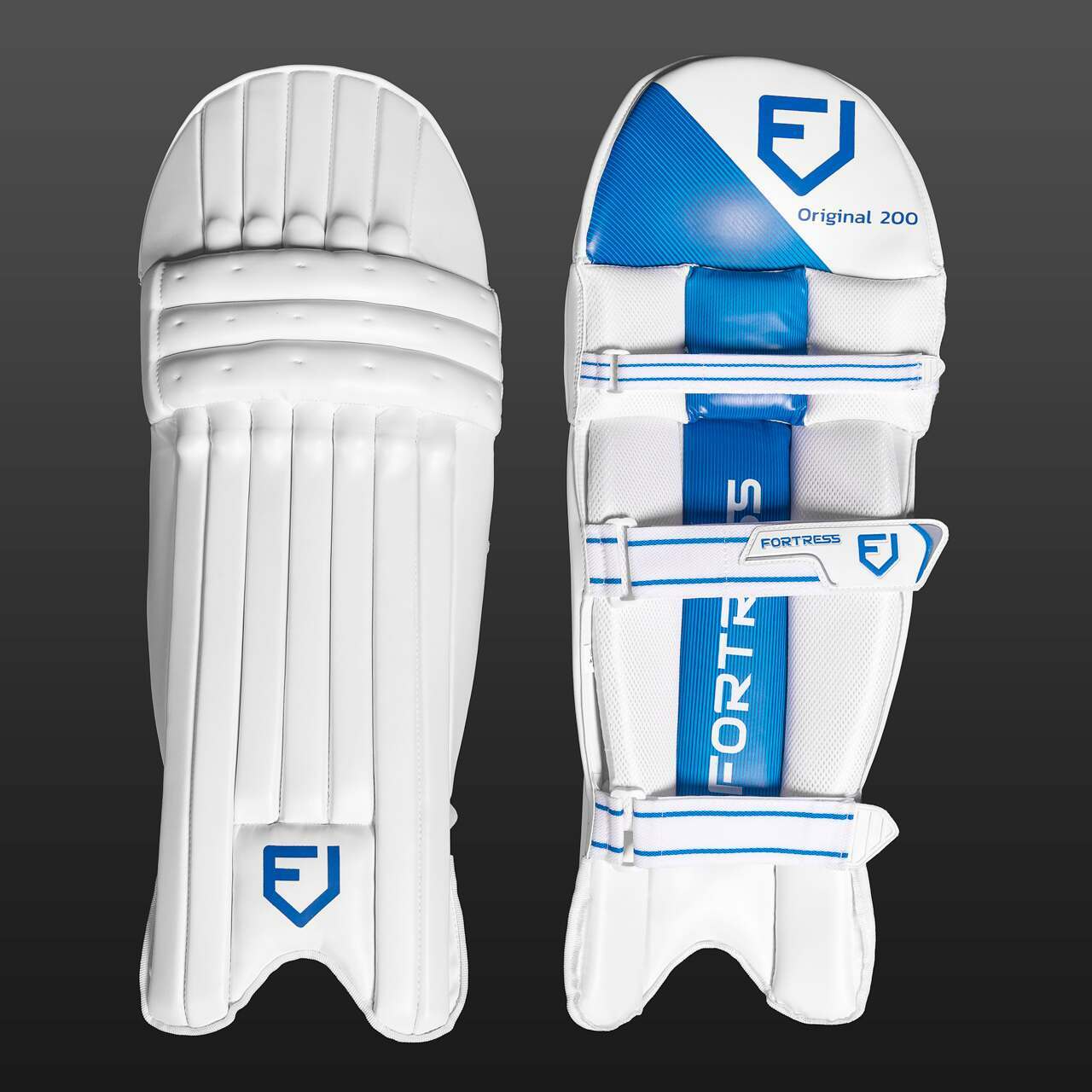How Does Dance Help with Figure Skating?
Figure skating, at its core, is a marriage of athleticism and artistry. While technical prowess in jumps, spins, and footwork is undeniably crucial, the ability to seamlessly blend these elements with grace, musicality, and expressive movement is what truly captivates audiences and distinguishes top-tier skaters. Answer of this questions, How Does Dance Help with Figure Skating?. This is where dance enters the equation, acting as a powerful catalyst that elevates a skater’s overall performance to new heights. Dance training, particularly in styles like ballet, ballroom, and contemporary, offers a multitude of benefits that directly translate to improved skating skills, enhanced artistry, and a deeper connection with the music.
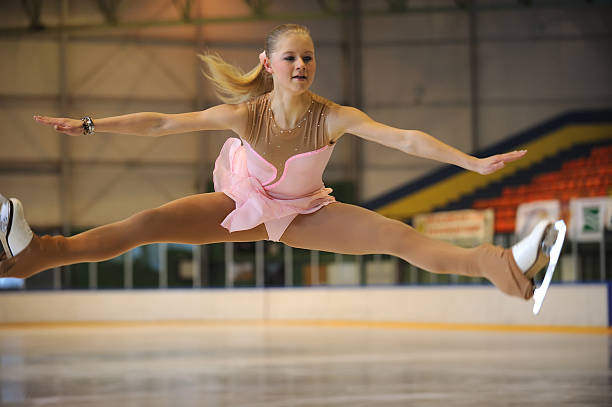
The Foundational Benefits of Dance Training for Figure Skaters
Dance training provides a bedrock of skills that are essential for success in figure skating. These benefits extend beyond mere aesthetics and directly impact a skater’s technical capabilities and performance quality.
Posture, Alignment, and Body Awareness
- Ballet’s Influence: Ballet is renowned for its emphasis on precise posture, proper alignment, and an acute awareness of the body in space. These elements are directly transferable to the ice.
- Improved Skating Stance: Correct posture and alignment are fundamental for maintaining balance and control while skating. A skater with a strong ballet background will naturally exhibit a more upright and balanced stance, which translates to greater stability and efficiency in executing complex maneuvers.
- Enhanced Body Awareness: Dance training cultivates a heightened sense of proprioception, or body awareness. Skaters who are acutely aware of their body’s position in space are better able to control their movements, maintain their center of gravity, and execute precise turns, edges, and transitions.
- Reduced Risk of Injury: Proper alignment and posture also contribute to injury prevention. When the body is properly aligned, stress is distributed evenly across joints and muscles, reducing the risk of strain and overuse injuries.
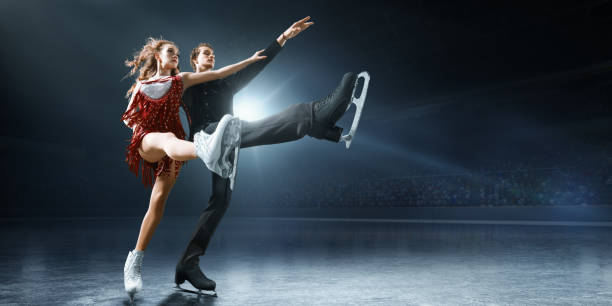
Flexibility and Range of Motion with Figure Skating
- Expanding Movement Possibilities: Flexibility is essential for achieving the full extension and aesthetically pleasing lines that are hallmarks of high-level figure skating.
- Ballet Stretches and Exercises: Dance training, particularly ballet, incorporates a variety of stretches and exercises designed to increase flexibility in the legs, hips, back, and shoulders.
- Higher Jumps and Spins: Increased flexibility allows skaters to achieve greater height and extension in jumps, deeper edges in spins, and more fluid and graceful movements overall.
- Injury Prevention: Improved flexibility also contributes to injury prevention by increasing the range of motion in joints and muscles.
Core Strength and Stability of Dance with Figure Skating
- The Importance of a Strong Core: A strong core is the foundation of all movement, both on and off the ice.
- Dance Exercises for Core Engagement: Dance training, especially modern and contemporary styles, incorporates exercises that target the core muscles, including the abdominals, back muscles, and obliques.
- Improved Balance and Control: A strong core provides stability and control, allowing skaters to maintain their balance during challenging moves, execute precise turns and edges, and generate power for jumps and spins.
- Reduced Risk of Injury: A strong core also helps to protect the spine and reduce the risk of back injuries.
Arm and Hand Artistry
- The Language of the Arms: In figure skating, the arms and hands are not merely appendages; they are expressive tools that contribute significantly to the overall artistry and communication of a program.
- Ballet Training for Arm Movements: Ballet training emphasizes graceful and expressive arm movements, known as port de bras. Skaters with a ballet background often exhibit more fluid, elegant, and nuanced arm movements, which enhance the overall aesthetic appeal of their performances.
- Enhanced Performance: The arms can be used to express a wide range of emotions, emphasize musical accents, and create visual lines that complement the movements of the legs and body.
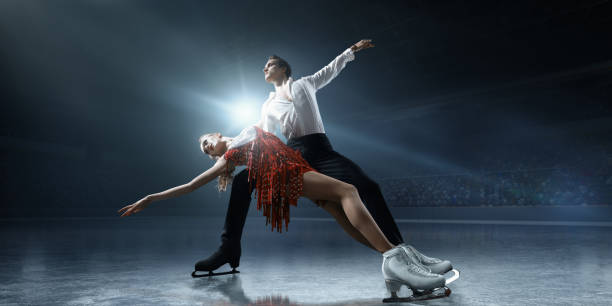
The Impact of Specific Dance Styles on Figure Skating
While all forms of dance can offer benefits to figure skaters, certain styles are particularly well-suited to enhancing specific aspects of their performance.
Ballet: The Cornerstone of Grace and Technique
- Fundamental for Skaters: Ballet is often considered the cornerstone of dance training for figure skaters, providing a foundation of technique, artistry, and physical conditioning.
- Key Benefits: Ballet enhances posture, alignment, flexibility, core strength, and arm artistry, all of which are essential for success in figure skating.
- Developing Overall Control: Ballet also helps skaters develop a greater awareness of their bodies in space, improving their balance, coordination, and control.
Ballroom Dance: Rhythm, Partnership, and Musicality
- Especially Important for Ice Dancers: Ballroom dance is particularly relevant for ice dancers, as it emphasizes rhythm, partnership, and musicality.
- Understanding Rhythm and Timing: Ballroom dances like the waltz, foxtrot, tango, and quickstep teach skaters how to move in time with the music, maintain proper posture and frame, and lead and follow effectively.
- Connection with a Partner: This training is invaluable for ice dancers, who must work together seamlessly to create a unified and harmonious performance.
Modern and Contemporary Dance: Expression and Individuality
- Adding Personality to Skating: Modern and contemporary dance styles emphasize freedom of expression, individuality, and the exploration of movement possibilities.
- Breaking From Tradition: These styles encourage skaters to move beyond traditional balletic forms and to develop their own unique movement vocabulary.
- Emotional Connection: Modern and contemporary dance can help skaters connect with the music on a deeper emotional level, allowing them to communicate their feelings and ideas through movement.
Integrating Dance Training into a Skater’s Regimen
The most effective way to reap the benefits of dance training is to integrate it strategically into a skater’s overall training regimen.
Early Introduction to Dance:
- Starting Young: Ideally, skaters should be introduced to dance training at a young age, allowing them to develop a solid foundation of technique and artistry.
- Developing Coordination: Even young skaters can benefit from basic ballet classes, which can help them improve their posture, flexibility, and coordination.
Consistent Cross-Training:
- Balancing Dance and Skating: Dance training should be viewed as a complement to skating training, not a replacement.
- Attending Dance Classes: Skaters should aim to attend dance classes regularly, even during the competitive season.
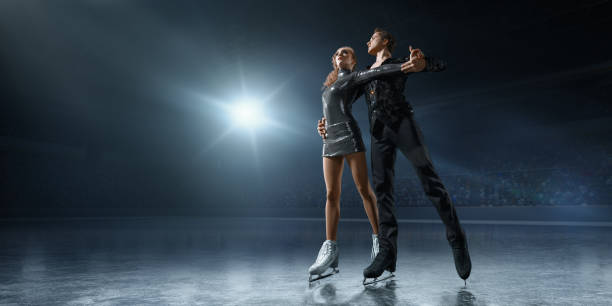
Choreography and Performance Enhancement:
- Working with a Choreographer: Skaters can also work with choreographers who specialize in blending dance and skating to create innovative and expressive programs.
- Adding a Unique Flare: A choreographer can help skaters incorporate dance elements into their skating routines in a way that enhances their musicality, artistry, and overall performance quality.
Specific Dance Forms and Their Influence
- Ballet: Ballet training is frequently recommended for figure skaters because it helps develop posture, body alignment, arm movements, and flexibility, all of which contribute to aesthetic lines and smooth transitions on the ice. Ballet can improve overall body control, which translates to better performance in skating.
- Ballroom: Ice dance, in particular, is heavily influenced by ballroom dance, especially in rhythm dance, which often incorporates styles like waltz, foxtrot, quickstep, or samba. Pattern dances in ice dancing originate from ballroom dance steps.
- Modern/Contemporary, Jazz, and Hip Hop: Besides ballet and ballroom, other dance styles such as modern/contemporary, jazz, and even hip hop can influence figure skating routines, adding variety and expression to the choreography.
Benefits of Dance Training for Figure Skaters
- Enhanced Skating Skills: Dance training can lead to increased points and easier execution of moves in skating.
- Improved Core Skating Skills and Musicality: Ice dancing emphasizes core skating skills and musicality to a greater degree than other skating disciplines. World-class ice dancers often exhibit deeper edges, cleaner turns, and better synchronization with their partners and the music.
- Grace and Fluidity: Dance training helps skaters develop a remarkable level of grace and fluidity, making their movements appear more akin to a dancer than a typical figure skater.
- Body Awareness, Balance, and Core Strength: Skating is beneficial for balance, core strength, and body awareness.
- Flexibility: Ballet increases flexibility, which may also translate to improved skating performance.
While figure skating has evolved to incorporate various dance elements, it’s not based on one specific style but has evolved, incorporating positions and movements from ballet, jazz, contemporary, and other dance forms.
While ballet is beneficial for posture, arm movement, and flexibility, basic skating skills like crossovers, turns, jumps, and spins are not directly related to ballet
Conclusion: Dance as an Indispensable Tool for Figure Skating Excellence
In conclusion, dance training is an invaluable asset for figure skaters of all levels. By improving posture, alignment, flexibility, core strength, arm artistry, musicality, and expression, dance can help skaters elevate their technical skills, enhance their artistic presentation, and connect with their audiences on a deeper level. As figure skating continues to evolve, the integration of dance principles will become increasingly essential for skaters who aspire to reach the pinnacle of the sport. By embracing dance as an integral part of their training, skaters can unlock their full potential and achieve a level of artistry and performance that is truly breathtaking. The symbiotic relationship between dance and figure skating is undeniable, and those who recognize and cultivate this connection will undoubtedly reap the rewards of a more complete, captivating, and ultimately successful skating career.



